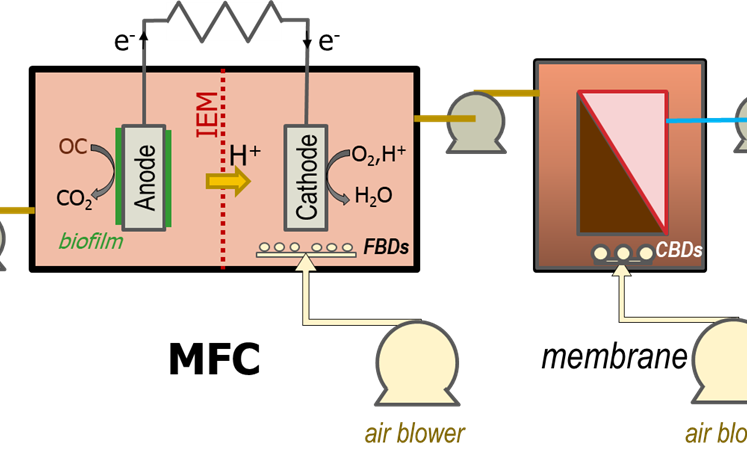Force and impact − an academic to be reckoned with

Simon Judd has over 35 years’ post-doctorate experience in all aspects of water and wastewater treatment technology, both in academic and industrial R&D. He has (co-)authored six book titles and over 200 peer-reviewed publications in water and wastewater treatment.
It can be boring to hold forth about the bountiful merits of a fellow academic in such glowing terms as to suggest that they are at the pinnacle of their career, of the highest profile and renowned to one and all. It is possibly even more galling to do so if the subject is in the early stages in their career, and largely unheard of.
And so it is that I find myself waxing lyrical on the paper-writing machine that is Dr Fangang Meng of Sun Yat Sen University. Dr Meng plies his trade in the so-called Research Center for Innovative Environmental Technology (to be distinguished, one supposes, from uninnovative environmental technology). He has the distinction of having, in the past, worked under the auspices of the great Professor Matthias Kraume and his colleagues (including, at that time, the inestimable then-Dr, now-Professor Anja Drews) at the Technical University of Berlin. It transpires that Dr Meng, whom I have yet to have the pleasure of meeting, was something of a handful whilst at TUB − possibly overzealous in his research and writing.
So, why should anyone’s attention be drawn to this man? This is best answered with two words (or, rather, a letter and a word) which will be meaningless to anyone outside academia: 'h' and 'factor'. The h factor is a measure of someone’s impact in terms of the number of times their work is cited. A high h factor from a small number of publications signifies that a large proportion of the research is well cited.
Professor Stephen Hawking has only 126 publications on the SCOPUS database − five fewer than myself − but an h factor of 53 which puts me to shame. Arguably the greatest membrane scientist of them all with almost 370 publications − Professor Tony Fane of the University of New South Wales − has an h factor slightly lower than that of Hawking.
And what of Meng, a man who only completed his PhD programme five years ago?
He has only 33 publications, and yet his h factor is already 15. Meng co-authors a lot of reviews (and his co-authors should be acknowledged here) which many academics will dismiss as cheating since reviews will always attract more cites than technical papers. However, as someone not unknown for churning out the odd review paper, let me rush to assure you all that producing review papers demands great effort and, as with all papers, if they’re no good they don’t get published − or cited. To achieve an h factor that equates to almost half the value of the total number of publications is a tour de force indeed.
Doubtless there are scores or hundreds of others worthy of the similar plaudits. Contrary to popular opinion, the modern academic does not sit around drinking coffee whilst discussing Proust in hushed tones with their peers: it is a tough job with very long hours peopled by dedicated workers.
However, if ever there was a demonstration of the phrase 'it’s what you do with it that counts', then surely it is reflected in the output of Dr Meng.








